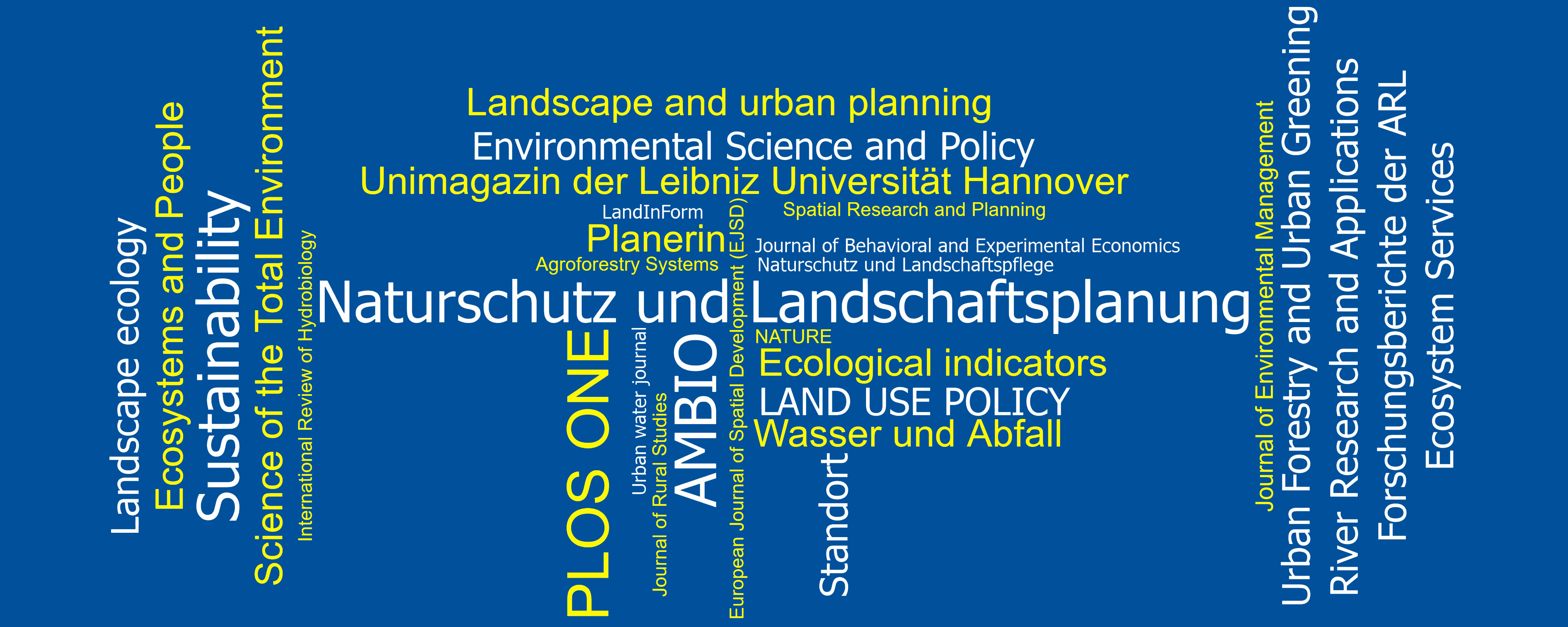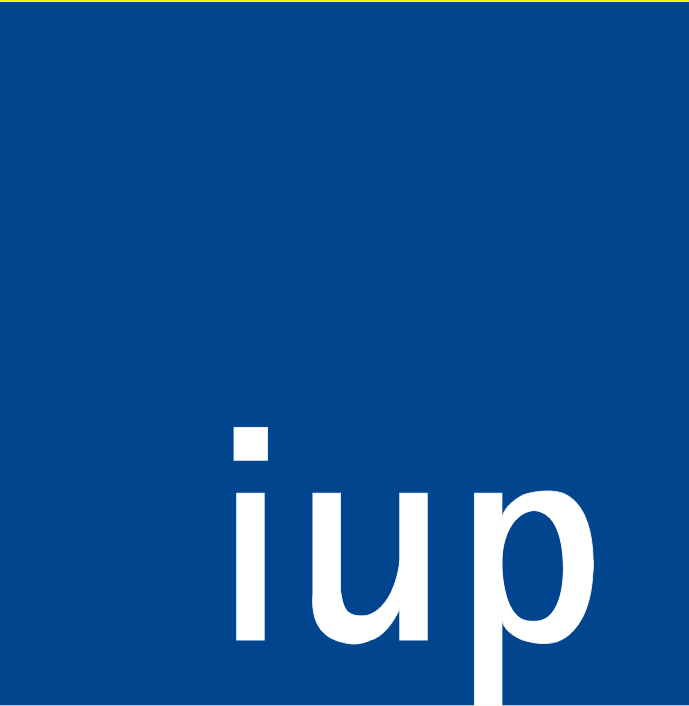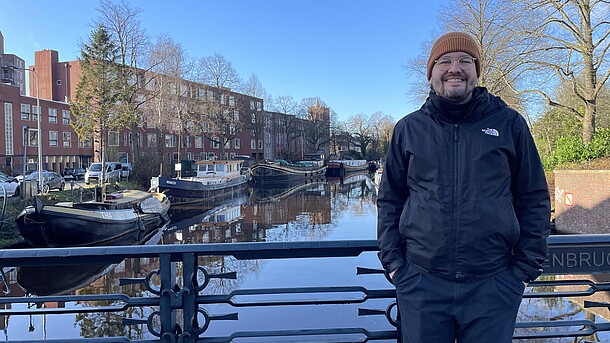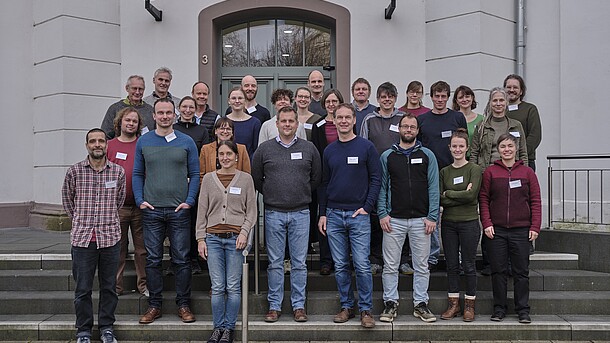Rückblick auf die ereignisreiche und inspirierende AESOP YA Konferenz 2025



SUCHE NACH PUBLIKATIONEN
Zeige Ergebnisse 221 - 240 von 1632
2022
Boll, T., Wöbse, H. H., & Ott, S. (2022). Ziele und Maßnahmen zur Landschaftsbild und Erholungsfunktion. In C. Albert, C. Galler, & C. von Haaren (Hrsg.), Landschaftsplanung (2. vollst. überarb. u. erw. Aufl. Aufl., S. 482 - 488). Verlag Eugen Ulmer. https://doi.org/10.36198/9783838585796-482-488
Schiffmann, C. W., Brenes, J. R. B., & Hack, J. (2022). A combined legal-hydrological evaluation method for Green Infrastructure in urban Costa Rica. Proceedings of the IAHR World Congress, SS-181. https://doi.org/10.3850/IAHR-39WC2521-71192022SS2039
Hack, J. (2022). Advances in implementing and promoting Nature-based Solutions in urban areas – A real-world lab experience from Costa Rica. Proceedings of the IAHR World Congress, SS-169-SS-180. https://doi.org/10.3850/IAHR-39WC2521-71192022SS934
Greinke, L., Bornemann, L., Mehnen, N., Grau, V., Klein, P., Köppel, J., & Nickel, K. (2022). Aufhören, Ankommen, Anfangen - Perspektiven auf den Berufseinstieg von Planer:innen. Planerin, 2022(6), 37-38.
Zoch, L., Grobe, A., Raabe, P., Hölzel, N., Kleinebecker, T., Knorr, K. H., Köbbing, J. F., & Schneider, J. (2022). Ausblick: Aktive Wiederansiedlung der hochmoortypischen Vegetation. In Landesamt für Geologie (Hrsg.), Handlungsempfehlungen zur Renaturierung von Hochmooren in Niedersachsen. (S. 97-99). (GeoBerichte; Nr. 45). https://doi.org/10.48476/GEOBER_45_2022
Brenes, J. R. B., Vega, R. O., & Hack, J. (2022). A Width Parameter Estimation Through Equivalent Rectangle Methodology for Hydraulic Modeling Applications. Journal of Water Management Modeling, 30, Artikel C493. https://doi.org/10.14796/JWMM.C493
Kirsch-Stracke, R. (2022). Blume des Jahres 2022: Die Vierblättrige Einbeere (Paris quadrifolia L.) im Kreis Olpe. Südsauerland (HSO) Folge 287, 93( 2).
Weiß, C., & Reich, M. (2022). Climate analogues: A method to assess the potential impact of climate change on Natura 2000 habitat diversity at the regional scale. (Umwelt und Raum; Band 11). Selbstverlag des Instituts für Umweltplanung. https://doi.org/10.15488/11880
Czorny, E., Jürges, S., & Kanning, H. (2022). Das KlimaWohL-Prinzip: Klimaanpassung integriert und kooperativ gestalten. RaumPlanung, 218(5), 34-39.
Dirksmeier, P., Fücker, S., & Crückeberg, J. (2022). Die zusammenhaltende Region. In M. Höfner, U. Ermann, S. Hostniker, E. Preininger, & D. Simic (Hrsg.), Die Region - eine Begriffserkundung (S. 303-314). transcript Verlag. https://doi.org/10.1515/9783839460108-027
Zitzmann, F., Fritze, M.-A., Kuruppu, J., & Reich, M. (2022). Entwicklung der Laufkäferfauna (Coleoptera: Carabidae) einer Kurzumtriebsplantage über einen Zeitraum von 9 Jahren. Angewandte Carabidologie, (14), 1 - 14. https://doi.org/10.54336/AC1401
Greinke, L., & Mehnen, N. (2022). Fähigkeiten und Qualifikationen von Planenden. 75 Jahre Lehre und Forschung zur Gestaltung der räumlichen Umwelt in Hannover. Planerin, 2022(3).
Ortiz-Riomalo, J. F., Koessler, A.-K., & Engel, S. (2022). Fostering co-operation through participation in natural resource management: An integrative review. Vorabveröffentlichung online.
Vargas Lopez, A., & Secondi, L. (2022). Household Consumption and Food Insecurity in Mexico: Covid19 and Sustainable Development. In IES proceedings https://dspace.unitus.it/handle/2067/49147
Greinke, L., Grabski-Kieron, U., Mose, I., Reichert-Schick, A., & Steinführer, A. (Hrsg.) (2022). Krise als Chance? Auswirkungen der COVID-19-Pandemie auf die Entwicklung ländlicher Räume Relevanz und Einordnung des Forschungsfeldes. (Rural areas: Issues of local and regional development / Ländliche Räume. Beiträge zur lokalen und regionalen Entwicklung; Band 9). LIT Verlag. https://doi.org/10.26092/elib/1595
Knaps, F., Herrmann, S., & Mölders, T. (2022). Landscape identity: Approaches to its conceptualisation, capture and integration into place branding processes. In Spatial transformation: processes, strategies, research design (S. 164-178). (Forschungsberichte der ARL). Verlag der ARL. https://nbn-resolving.org/urn:nbn:de:0156-08911407
Othengrafen, F., & Greinke, L. (2022). Lisa wohnt nur in der Woche auf dem Land. LandInForm – Magazin für Ländliche Räume.
Kanning, H. (2022). Nachhaltige Entwicklung: Die Große Transformation als gesellschaftliche Herausforderung im 21. Jahrhundert. In A. Baumast, & J. Pape (Hrsg.), Betriebliches Nachhaltigkeitsmanagement (S. 23-55). (UTB Band; Nr. 3676). UTB Ulmer Verlag. https://www.utb.de/doi/epdf/10.36198/9783838550220-24-56
Wolbeck, D., Klein, M., Hüttemann, G., & Kirsch-Stracke, R. (2022). Positionspapier zu einer Biologischen Station im Kreis Olpe: Wo stehen wir 20 Jahre nach einer Entscheidung gegen eine Station – und was ist heute notwendig? Südsauerland (HSO), Folge 288, 93(3), 289-300.
Baier, J. (2022). Soziale Raumkonstitutionen von Studierenden: Eine qualitative empirische Analyse an privaten Hochschulen. [Dissertation, Gottfried Wilhelm Leibniz Universität Hannover].
Mitarbeiter:innen am Institut für Umweltplanung veröffentlichen auch Datensets zu ihren Publikationen und Forschungsprojekten. Unter dem Link gelangen Sie zum Forschungsportal der Leibniz Universität Hannover, das diese Datensets auflistet und zu den Speicherorten im Web verlinkt. Die Datensets sind in der Regel frei zugänglich (open access).





